
Personal Protective Equipment (PPE) is a critical part of any workplace safety program. It helps protect workers from injuries caused by hazards such as falling objects, sharp tools, chemical exposure, loud noise, and more.
This guide outlines 10 essential PPE items used across various industries, along with their primary functions and typical applications.
Hard Hats – Protect the Head from Falling Objects, Bumps, and Electrical Hazards
Hard hats are designed to shield the head from injuries caused by falling debris, accidental bumps, and electrical contact. They are widely used in construction, mining, manufacturing, and electrical work.
Key features to look for:
- Shock-absorbing shell and suspension system
- Class E (Electrical) rating for high-voltage protection
- ANSI Z89.1 or EN 397 certification
Safety Goggles – Shield the Eyes from Chemicals, Flying Debris, and Sparks
Safety goggles provide a tight seal around the eyes and offer protection against chemical splashes, dust, and mechanical impact.
Common applications:
- Laboratories and chemical handling
- Grinding, cutting, and woodworking
- Environments with airborne particulates
Face Shields – Provide Full-Face Protection Against Splashes, Impacts, and Heat
Face shields protect the entire face from liquid splashes, sparks, flying objects, and extreme temperatures. They are typically used in conjunction with safety glasses or goggles for added protection.
Used in:
- Welding and metalworking
- Chemical manufacturing
- Medical and sanitation roles
Earplugs and Earmuffs – Reduce Noise Exposure in Loud Work Environments
Hearing protection is vital in environments where noise levels exceed safe thresholds. Earplugs and earmuffs help prevent hearing loss caused by prolonged exposure to loud machinery or equipment.
Ideal for:
- Factories and fabrication shops
- Construction zones
- Airports and heavy transportation
Respirators – Filter Out Harmful Dust, Fumes, Vapors, and Pathogens from the Air
Respirators protect the lungs by filtering out dangerous airborne contaminants. Different types are available depending on the hazard level.
Types include:
- N95/P100 masks for dust and pathogens
- Half-face or full-face respirators with filter cartridges
- Supplied-air systems for confined spaces
Protective Gloves – Safeguard Hands from Cuts, Burns, Chemicals, and Abrasions
Protective gloves are chosen based on the nature of the work. They help prevent hand injuries from sharp tools, chemicals, hot surfaces, or rough materials.
Glove types include:
- Cut-resistant (Kevlar, HPPE)
- Chemical-resistant (nitrile, latex, neoprene)
- Heat-resistant and welding gloves
High-Visibility Vests – Improve Visibility to Prevent Accidents in Busy or Low-Light Areas
High-visibility (hi-vis) vests enhance worker visibility in areas with vehicle traffic or low lighting. They are essential for preventing accidents and improving situational awareness.
Commonly used by:
- Road and railway workers
- Warehouse and logistics staff
- Emergency responders
Coveralls and Aprons – Protect the Body from Spills, Sparks, Dirt, and Chemicals
Coveralls and aprons offer full or partial body protection, depending on the job. They help reduce skin exposure to dirt, chemicals, heat, or sharp edges.
Options include:
- Flame-resistant (FR) coveralls
- Disposable chemical suits
- Waterproof aprons for food or sanitation work
Steel Toe Boots – Prevent Foot Injuries from Heavy Objects, Sharp Materials, and Slips
Steel toe or composite toe boots provide impact and puncture resistance, along with slip protection on slick surfaces. Footwear safety is a key requirement on most industrial job sites.
Look for:
- CSA Z195 or EN ISO 20345 certification
- Oil- and slip-resistant soles
- Additional insulation or waterproofing based on environment
Fall Protection Gear (e.g., Harnesses and Lanyards) – Prevent Injuries from Working at Heights by Stopping or Arresting Falls
Fall protection equipment is essential when working at elevated positions. It includes full-body harnesses, energy-absorbing lanyards, self-retracting lifelines, and anchorage connectors.
Applicable industries:
- Roofing and scaffolding
- Tower maintenance and utility work
- Bridge or crane operations
Conclusion
Selecting the right PPE depends on your work environment, specific hazards, and compliance requirements. The 10 PPE items listed above form the foundation of most workplace safety programs and help significantly reduce the risk of injury.
If you’re responsible for sourcing PPE for your team or facility, it’s important to choose certified products, train workers on proper use, and inspect equipment regularly. Reliable protection starts with informed procurement and ends with everyday use on the job.
Zion Zhang
Recent Posts
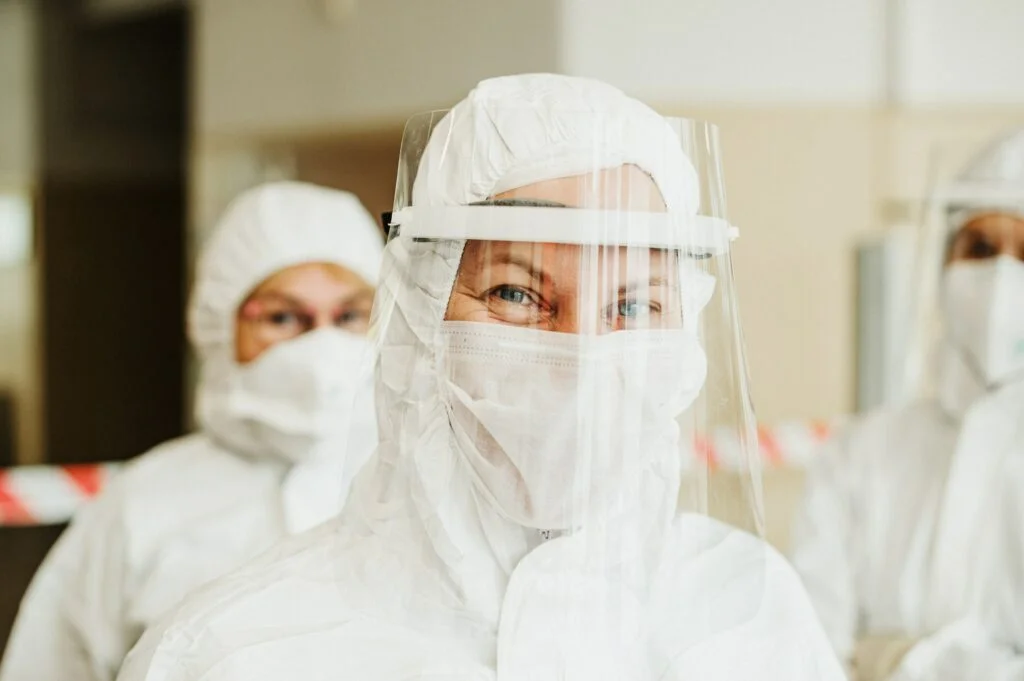 Why is PPE important in Healthcare2025年6月19日Personal Protective Equipment (PPE) is one of the most […]
Why is PPE important in Healthcare2025年6月19日Personal Protective Equipment (PPE) is one of the most […]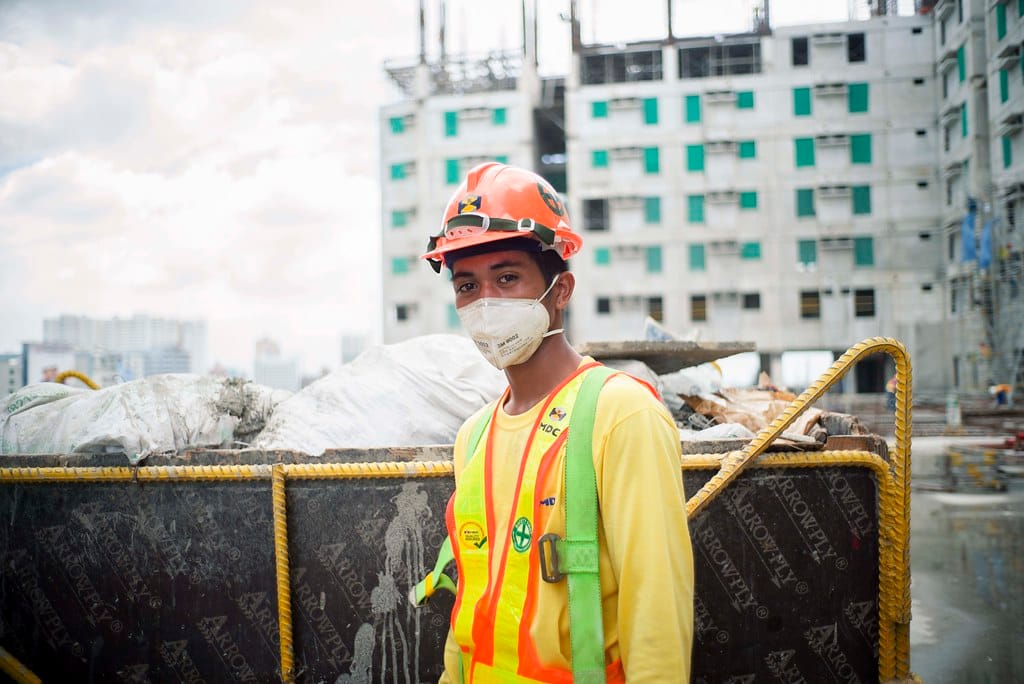 5 Essential Personal Protective Equipment (PPE) Items and Their Uses2025年6月17日When buyers ask me, “Zion, if I can only start with five […]
5 Essential Personal Protective Equipment (PPE) Items and Their Uses2025年6月17日When buyers ask me, “Zion, if I can only start with five […]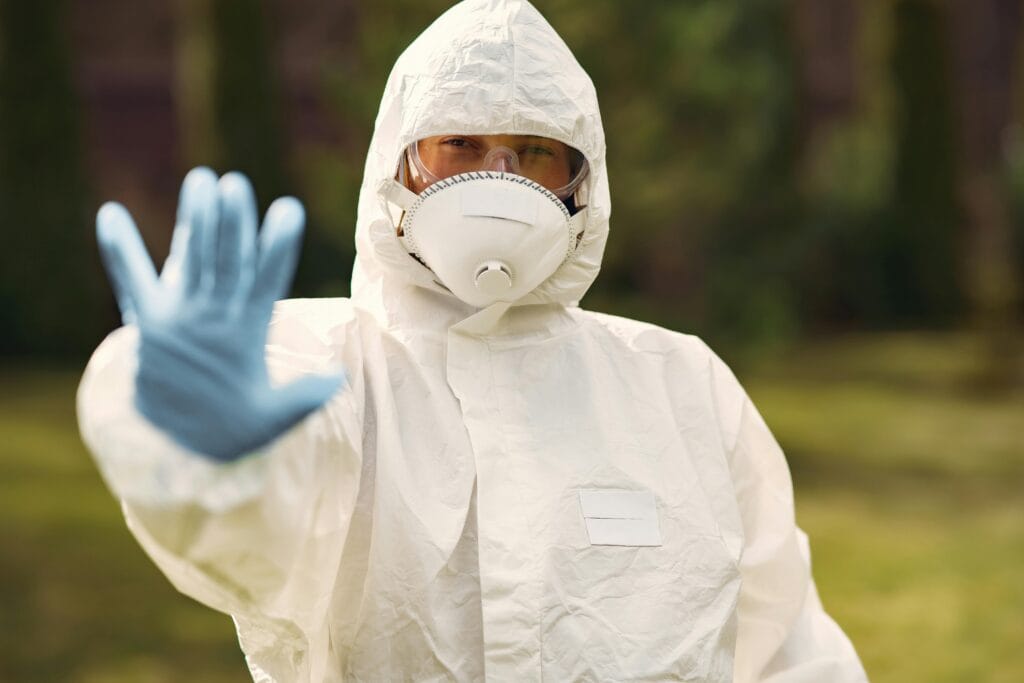 Comprehensive Personal Protective Equipment (PPE) List for Workplace Safety2025年6月17日As a PPE supplier, I’ve talked to dozens of procurement […]
Comprehensive Personal Protective Equipment (PPE) List for Workplace Safety2025年6月17日As a PPE supplier, I’ve talked to dozens of procurement […]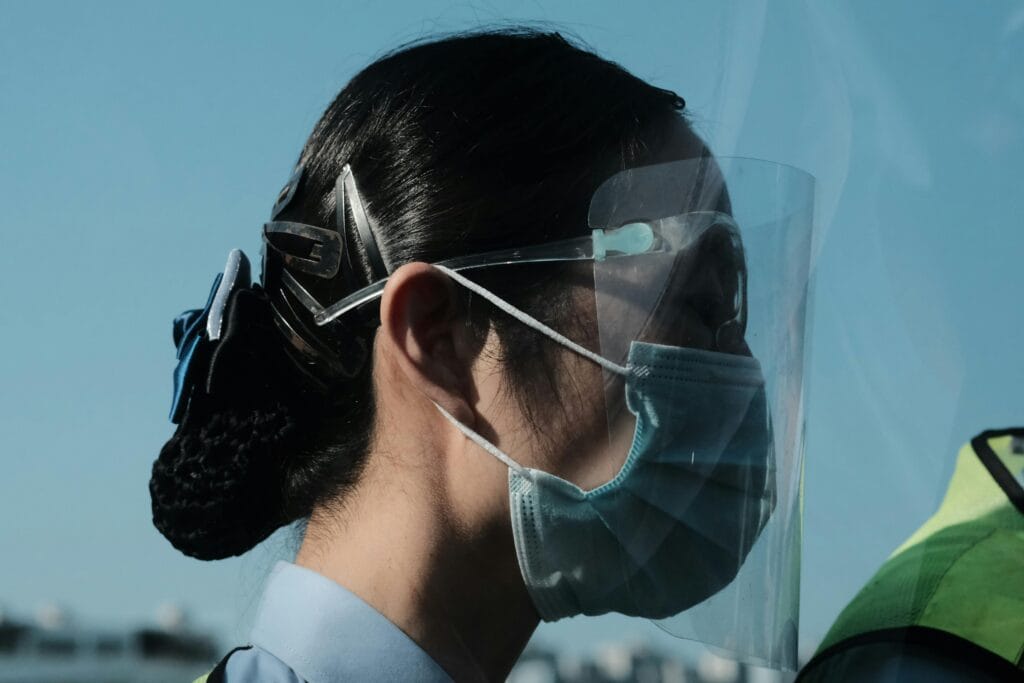 Face Shield Policy: Guidelines for Safe and Effective Use in the Workplace2025年6月17日A buyer once told me, “Zion, we’ve got face shields in the […]
Face Shield Policy: Guidelines for Safe and Effective Use in the Workplace2025年6月17日A buyer once told me, “Zion, we’ve got face shields in the […]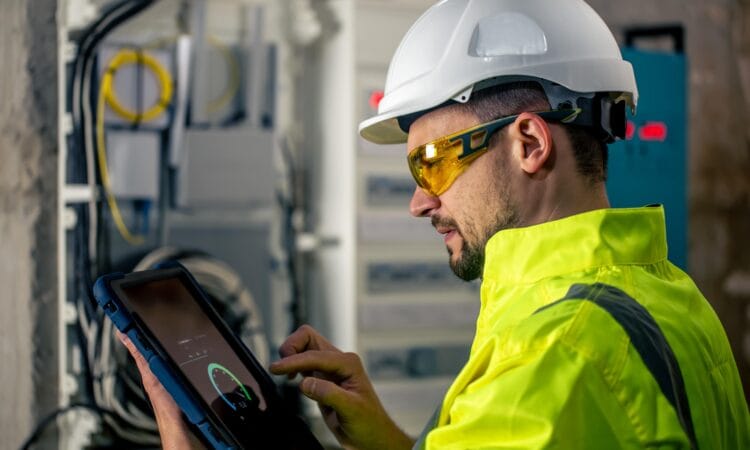 Understanding the Importance of Limb and Body Protection in Hazardous Environments2025年6月16日Not long ago, a buyer from a food processing plant reached […]
Understanding the Importance of Limb and Body Protection in Hazardous Environments2025年6月16日Not long ago, a buyer from a food processing plant reached […]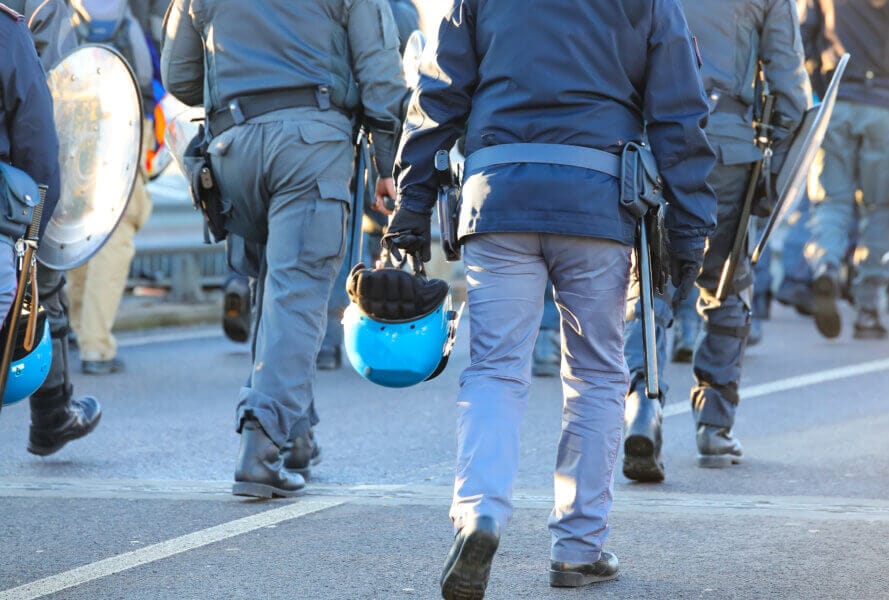 Essential PPE for Staying Safe During Protests and Demonstrations2025年6月13日I once spoke with a buyer who handled safety gear for NGOs […]
Essential PPE for Staying Safe During Protests and Demonstrations2025年6月13日I once spoke with a buyer who handled safety gear for NGOs […]
CONTACT US
- Feel free to contact us any time. We will get back to you as soon as we can!
- +86-17330061805
